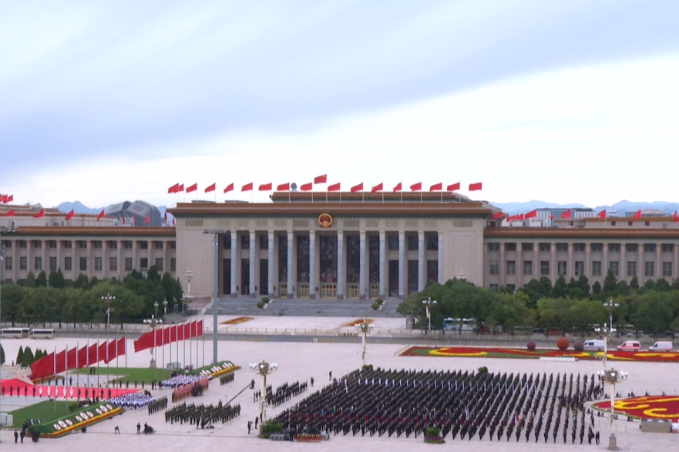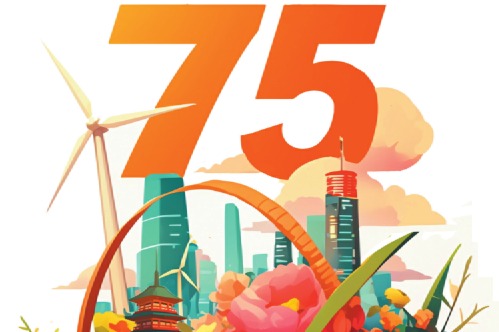Asia-Pacific FTAs can coexist


Global supply chains have been subjected to multiple shocks over the past few years. The most notable one has been the three-year-long COVID-19 pandemic. The disruptions from the pandemic were compounded by the outbreak of military conflict between Russia and Ukraine in early 2022. The economic costs triggered by the disruption of food and energy supply chains are likely to increase because of the Israel-Palestine conflict now.
The Asia-Pacific region has been suffering from the above supply chain disruptions. It is also witnessing a rise in geopolitical tensions, arising out of the intense competition between the United States and China. The competition has resulted in the reorganization of several supply chains. These include those that have a direct impact on the national security of countries, such as semiconductors. It is important to note though that geopolitical impulses influencing supply chain shifts might not always work as intended.
Over the years, China has come to occupy a very important part in several global supply chains. In manufacturing supply chains, China has been a key source of raw materials, intermediates, and the assembly of final products. Over time, it has also become an important endpoint of various supply chains because of its growth as a major global consumer market. The dual significance of China makes it difficult to visualize supply chain strategies that can achieve economic decoupling from China and yet yield business outcomes that are efficient.
The Asia-Pacific has always been one of the most active regions of free trade agreements. ASEAN-specific FTA architectures have been the most prominent among these. The ASEAN's hub and spoke model has pulled ASEAN and its ASEAN+1 partners into region-wide FTAs. These include ASEAN's FTAs with Australia, New Zealand, China, Japan, the Republic of Korea and India. The culmination of the ASEAN+1 FTAs has been the Regional Comprehensive Economic Partnership that has ASEAN and all its +1 regional FTA partners, except India. The RCEP is likely to enlarge over time by drawing in more partners from the region.
The ASEAN+1 FTAs, as well as the RCEP, have put in place tariff concessions, rules of origin for estimating value added for obtaining preferential tariff treatment, and cross-border service, investment and dispute settlement rules. These rules have significantly influenced the shaping of regional supply chains. The influence has extended to frameworks that connect the Asia-Pacific across wider geographical lengths.
Recent developments have led to the emergence of new frameworks. These include the "Indo-Pacific Economic Framework for Prosperity" that is led by the US and includes its regional allies and strategic partners. The IPEF is a new and experimental approach on regional rule-making. It is focusing specifically on enhancing the resilience of supply chains. For doing so, it is proposing new multicountry mechanisms like sharing of critical information and developing capacities for enhancing resilience.
The IPEF is also focusing on identifying critical sectors and their supply chains for safeguarding against future disruptions.
There is no doubt that ensuring smooth functioning of supply chains is a global priority, particularly after the COVID-19 pandemic experience. One of the ways for making supply chains secure is to increase diversification in sourcing. If sourcing across important supply chains, such as semiconductors, food, energy, chemicals, automobiles etc. becomes more diverse, then it will be less vulnerable to risks because of supply disruptions in one or two sourcing locations. This will also ensure more stable health of the supply chains.
From an Asia-Pacific perspective, diversification and de-risking are important objectives to pursue. However, pursuing these objectives will require noting the roles being played by different existing regional frameworks in shaping supply chains. New frameworks like the IPEF need to note that their members are part of various existing trade frameworks such as the ASEAN+1 FTAs.
Given that the latter have also been contributing to the growth of supply chains through their own rules, it is important to ensure that the new and existing frameworks work in collaboration with each other. The IPEF, for example, need not be looked at as an alternative to the RCEP or other ASEAN+1 FTAs. They can work together in their own specific, as well as overlapping domains, for preserving supply chains, through their respective rules and regulations.
The author is a senior research fellow and research lead (trade and economics) in the Institute of South Asian Studies, National University of Singapore.
The views don't necessarily reflect those of China Daily.
































